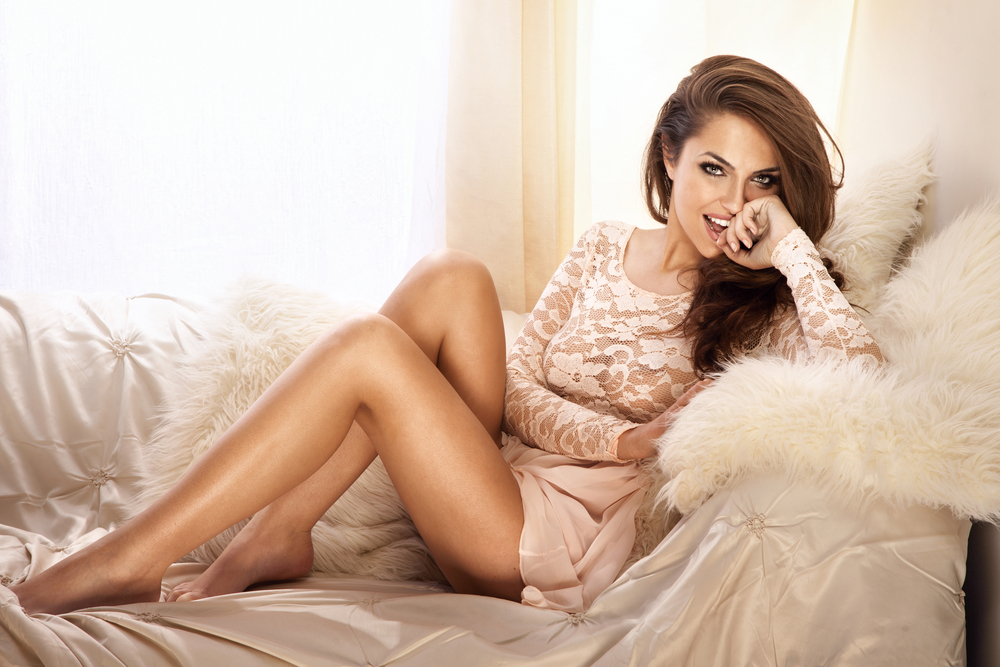
Modeling is a captivating art form that has shaped the fashion industry for decades. From beautiful runway shows to stunning photoshoots, models have the ability to breathe life into clothing and make it come alive. But have you ever wondered what goes on behind the scenes? In this article, we will delve into the secrets behind the runway and explore the intricate world of modeling in photoshoots.
1. The Evolution of Modeling
The modelling industry has come a long way since its inception. Models are no longer just a blank canvas for designers; they have become icons and trendsetters in their own right. The art of modeling has evolved to include diverse body types, ages, and ethnicities, reflecting the ever-changing standards of beauty. Today, modeling is about more than just looking pretty – it is about telling a story and connecting with the audience.
2. The Role of a Model
Contrary to popular belief, being a model is far from easy. It is not just about standing in front of a camera and looking good; it requires dedication, hard work, and perseverance. A model needs to understand the vision of the photographer or designer and bring it to life through their poses, expressions, and body language. They must be able to adapt to different styles of clothing and work in diverse settings, from the chaotic backstage of a runway show to the serene location of a fashion shoot.
3. The Photographer-Model Relationship
In the realm of fashion photography, the relationship between the photographer and the model is paramount. A successful photoshoot relies on the synergy and trust between the two. The photographer guides the model, helping them find their best angles and expressions, while the model brings their unique interpretation to the session. It is a delicate dance where communication and understanding are key. Together, they create the magic that is captured in photographs.
4. The Power of Poses and Expressions
Modeling is an art that requires the mastery of poses and expressions. Every movement, every look, and every angle tells a story. A skilled model knows how to use their body language to convey emotions and showcase the clothing in the best possible way. Whether it's striking a powerful pose on the runway or exuding playfulness during a fashion shoot, modeling is about capturing the essence of the designer's creation and making it relatable.
5. The Importance of Lighting and Styling
In the world of modeling, lighting and styling play a crucial role in creating stunning visuals. Lighting can dramatically alter the mood and ambiance of a shoot, while styling helps bring the designer's vision to life. Models work closely with stylists and makeup artists to ensure that every element of their appearance enhances the overall aesthetic. From the right hairstyle to the perfect accessories, every detail matters in the world of modeling.
Frequently Asked Questions:
Q1: How can someone become a model?
A1: The path to becoming a model varies from person to person, but generally, it involves building a strong portfolio, attending castings or open calls, and networking within the industry. It's important to research reputable agencies and be prepared for rejection as it is part of the process.
Q2: Can anyone be a model?
A2: Modeling celebrates diversity, and there are opportunities for individuals of different body types, ages, and ethnic backgrounds. While certain physical attributes might be required for specific types of modeling, there are always opportunities for aspiring models to find their niche.
Q3: How do models prepare for photoshoots?
A3: Models prepare for photoshoots by researching the brand or designer they will be working with and understanding the desired aesthetic. They also focus on maintaining their physical and mental well-being, such as maintaining a healthy diet, exercising, and getting enough rest.
Q4: Is modeling a full-time job?
A4: Modeling can be a full-time job for some individuals, especially for those who have established themselves in the industry. However, it's important to note that the industry often operates on a freelance basis, so models need to be proactive in seeking new opportunities and building connections.
Q5: What are the challenges of being a model?
A5: Modeling, like any profession, comes with its own challenges. Rejection, intense competition, and irregular work schedules can be demanding. The pressure to maintain a certain appearance can also take a toll on one's mental health. However, with passion, perseverance, and a supportive network, these challenges can be overcome.
In conclusion, the art of modeling goes far beyond what meets the eye. Models possess a unique ability to transform clothing into something magical, creating visuals that inspire and captivate audiences. By understanding the evolution of modeling, the role of a model, the photographer-model relationship, the power of poses and expressions, and the importance of lighting and styling, we can gain a deeper appreciation for this intricate art form. Next time you see a model strut down the runway or grace the pages of a magazine, remember the skill, dedication, and passion that go into creating those unforgettable images.
Other useful resources
- https://www.planetmodelphoto.com
- https://en.wikipedia.org/wiki/Category:Modeling_(profession)
- https://en.wikipedia.org/wiki/Modeling_agency
- https://www.planetmodelphoto.com/models/modeling/usa/wilmington/nc-north-carolina
- https://en.wikipedia.org/wiki/Category:Modeling_agencies